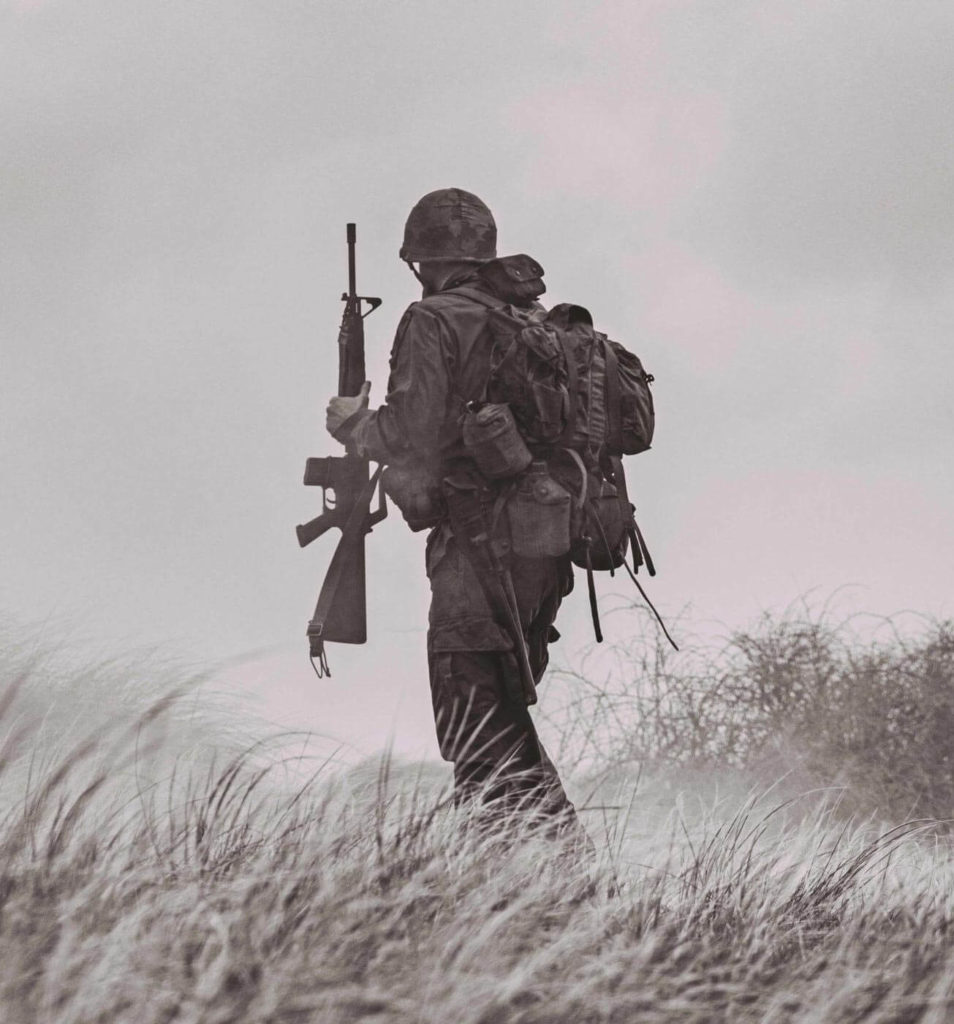LASIK in the Military


September 16, 2021
LASIK in the military
LASIK and the military have been intertwined for the past 25 years. The benefits are obvious: when a soldier is in the field, glasses and contacts are a liability. If the soldier loses contact lenses or breaks glasses, it could be dangerous or lethal to the soldier and to their unit. In the military, laser vision correction is free and their military doctors have extensive experience. Generally speaking, soldiers are young and do very well with laser vision correction. LASIK in the military is encouraged because the military knows how much positive impact it has on the soldier, the unit, and entire combat readiness. How much “life-readiness” could laser vision correction have for those of you not in the military?
When PRK and LASIK were first performed in the United States, the military would only allow active-duty military to receive PRK, but not LASIK. The thinking was that if a soldier sustained ocular trauma and the flap was dislodged, that they could be at risk for impaired performance and a risk to the unit and to the mission. It’s a testament to the success of the procedure that LASIK is now allowed in active duty soldiers. The risk of flap dislocation is so minute and rare that the benefit outweighs the risk, even in military members who have life or death on the line if they sustained an eye injury. The two procedures of LASIK and PRK have identical outcomes, but differing recovery times. Your surgeon will make his or her recommendation based on a number of factors including your age, prescription, corneal thickness, anatomy of you eye, and orbit (bones and tissues surrounding your eyes). You can rest assured that your surgeon wants nothing more than to get you the best results and clearest vision with the lowest risk.
Steven C. Schallhorn, MD is a navy veteran and one of the pioneers of laser vision correction. He’s written literature documenting the results and benefits of laser vision correction in the military. He has written dozens of papers on the topic of LASIK in the military, one of which discussed pupil size and in regard to LASIK eye surgery military. You can read it here and also search for his other papers. https://pubmed.ncbi.nlm.nih.gov/12917181/
Dr. Schallhorn was instrumental in determining that the LASIK flap dislocation risk was extremely small. Patients were tested in G-force devices, wind tunnels, and other ways to show that the LASIK flap was secure. The military also weighs risks and benefits of LASIK and PRK. One of the benefits of LASIK is the shortest time to visual recovery of any vision correction surgery. The results of PRK are the same, but the recovery is slower, and the military decided that the risk to benefit ratio was worth it to have pilots and highly productive soldiers back in service more quickly.
Take a look at our pricing page and then schedule your free comprehensive exam online or call us at 425-451-2020. You can have the same vision that Navy Seals, Army Rangers, and fighter pilots have. Always check with your commanding officer, and make sure the unit you want to be a part of allows LASIK, ICL, or PRK. Most allow it, but you definitely need to make sure.

Dr. Matthew R. Sharpe
